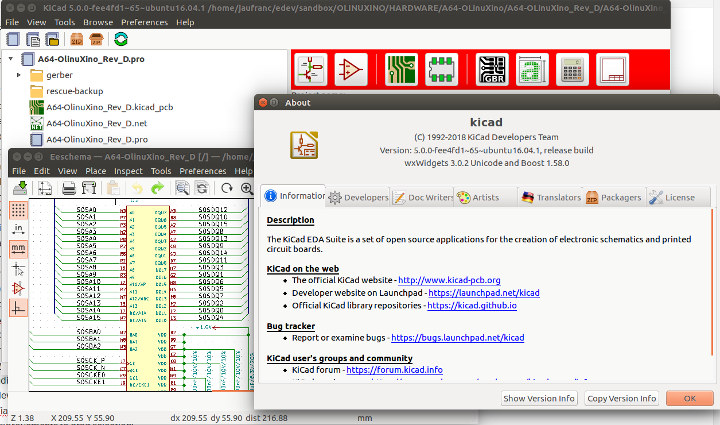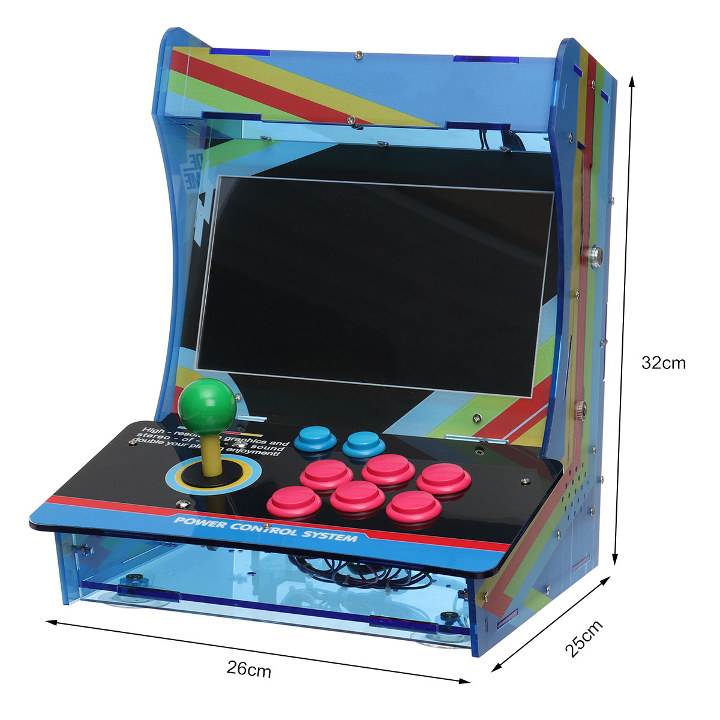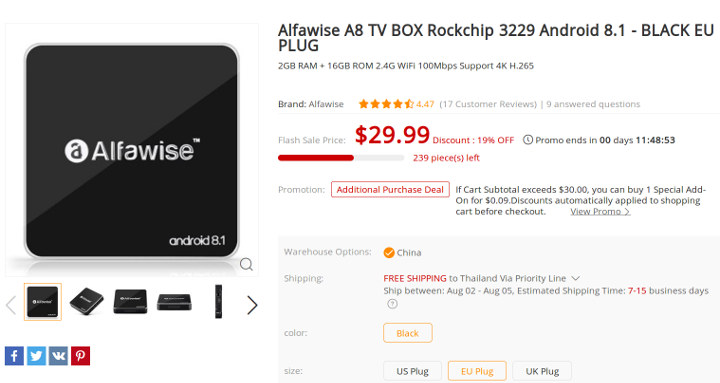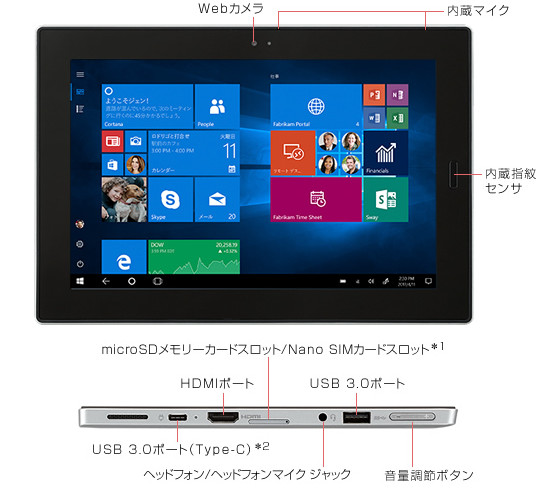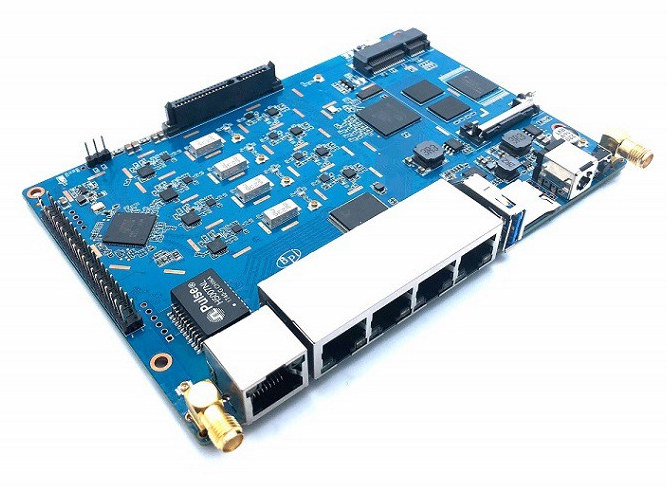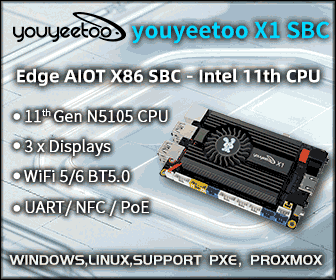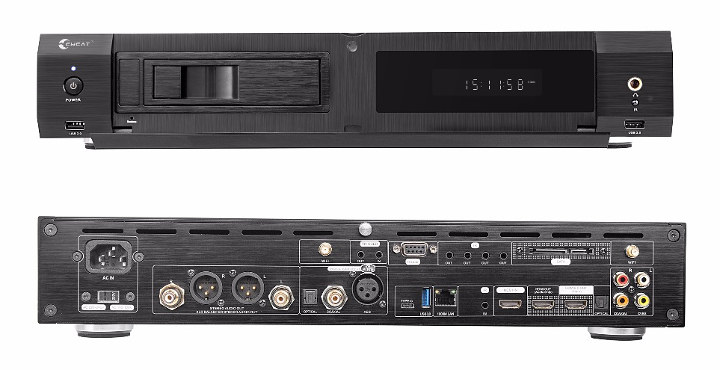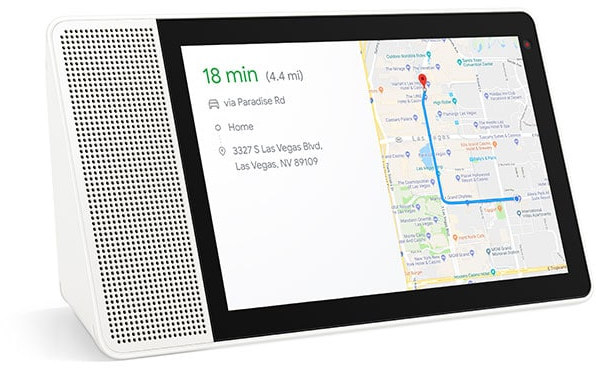Once upon a time, your only options to design schematics and layout PCBs were to purchase expensive software like OrCAD, or install a pirated copy of the same software, which was the standard practice in the country were I worked (China). Later on, Cadsoft EAGLE made projects much more affordable since they had a free version for hobbyists albeit limited to smaller boards. But in recent years, a new open source project called KiCad changed the market again, as it is entirely free to use, the community can be involved, and there’s no limitation. The software has even become good enough for companies like Olimex to design their new boards. A week ago or so, the project hit a new milestone with the release of KiCad 5.0.0. Some notable new features include: Whole Project New libraries for symbols, footprints and 3D models based on KiCad Library Convention (KLC) New 3D […]
Raspberry Pi 3 based Retro Arcade Game Console Sells for under $250
When it comes to retro-gaming for the Raspberry Pi 3 board, there’s no lack of option with firmware like RetroPie or Lakka, a few off-the-self accessories like USB or Bluetooth gamepad, a an HDMI monitor, you can get started in no time. However, if you want to make a retro arcade game console, it may take some more efforts, as you’d normally have have to design the case yourself, source the buttons and controls, the display, extra electronics and so on. But the “DIY classic retro arcade game console” based on Raspberry Pi 3 board currently sold on Banggood for $247.99 should make things much easier, as it’s supposed to be plug and play, while still offering the option to add or remove games, and mess around with the hardware if you wish to. Banggood did not provide the full technical details, but here’s what we know about the specifications: […]
GPD Pocket 2 is a Mini Laptop Running Windows 10 (Crowdfunding)
Last year, GPD introduced GPD Pocket, a portable computer with a 7″ display powered by an Atom x7-Z8750 Cherry Trail processor and offered with either Windows 10 or Ubuntu 16.04. The company is now back with GPD Pocket 2 model with various improvements including a significantly faster Intel Core m3-7y30 Kaby Lake processor, and offered only with Windows 10 64-bit this time around. GPD Pocket 2 specifications: SoC – Intel Core m3-7y30 dual core / quad thread Kaby Lake processor @ 1.00 GHz / 2.60 GHz (Turbo) with 4MB cache, 24EU Intel HD graphics 615 @ 300 MHz / 900 MHz (Turbo); 4.5W TDP System Memory – 4 or 8GB LPDDR3 Storage – 128GB internal storage, micro SDXC slot Display – 7″ 1920×1200 IPS panel with touchscreen, Gorilla Glass 4; 16:10 aspect ratio Audio – Built-in speakers and microphone, 3.5mm headphone & mic jack Connectivity – Dual band 802.11 a/ac/b/g/n […]
Alfawise A8 RK3229 Android 8.1 TV Box Sold for $29.99 (Promo)
We started to see some Android 8.1 “Oreo” TV boxes a few months ago with MX10 model powered by Rockchip RK3328 processor, but if you don’t mind having a TV box with a 32-bit Arm processor, you can now get an Android 8.1 TV box for a much cheaper price, as GearBest now has a flash sale for Alfawise A8 TV box based on Rockchip RK3229 with a respectable 2GB RAM and 16GB flash, and selling for $29.99 shipped. Alfawise A8 specifications: SoC – Rockchip RK3229 quad core Arm Cortex A7 processor @ 1.5 GHz with ARM Mali-400MP2 System Memory – 2GB DDR3 RAM Storage – 16GB eMMC flash, full size SD slot up to 32GB Video Output – HDMI 2.0 up to 4K2K @ 60 fps & AV port (composite video) Audio – HDMI audio output, AV port (stereo audio), and coaxial S/PDIF output Connectivity – 10/100M Ethernet, 802.11 […]
NEC VersaPro VU-3 is a Gemini Lake Tablet with Optional Keyboard, USB type C Dock, LTE Connectivity
There aren’t a lot of tablets based in Intel Gemini Lake processor, and so far we only covered Alldocube Knote5 Gemini Lake tablet powered by an Intel Celeron N4100 processor and equipped with a 11.6″ display. There’s now another option with NEC VersaPro VU-3 & VersaPro J VU-3 tablets with a 10.1″ display, powered by the same Celeron N4100 processor, but running Windows 10 Enterprise/Education/Pro, and shipping with a USB type C dock, and optional LTE connectivity. All information is in Japanese, so it’s likely the tablet only targets the Japanese market, but let’s go through the specs: SoC – Intel Celeron N4100 quad core processor @ 1.10 / 2.40 GHz (burst) with Intel UHD graphics 600, 4MB L2 cache System Memory – 4GB LPDDR4 Storage – 64 or 128GB eMMC flash, 1x microSD (SDHC / SDXC) slot Display – 10.1″ IPS 10-point touchscreen display with WUXGA resolution (1,920 x […]
Banana Pi BPI-R64 Router Board is Powered by Mediatek MT7622, Supports 802.11ac WiFi, Optional PoE Module
SinoVoIP launched several Banana Pi router boards in the past starting with Allwinner A20 based Banana Pi BPI-R1 in 2014, and followed by Banana Pi BPI-R2 board powered by a Mediatek MT7623 processor last year. Such boards normally include multiple Gigabit Ethernet ports, as well as at least one SATA connector, and in some cases an mPCIe connector for WiFi or LTE cards. THe company also launched Banana Pi BPI-W2 board a few months ago, but that model is more geared towards multimedia router use cases. The company has now unveiled Banana Pi BPI-R64 router board based on Mediatek MT7622 dual core Arm Cortex-A53 processor, five Gigabit Ethernet port, on-board 802.11ac WiFi, one “laptop” SATA port, as well as an optional PoE (Power-over-Ethernet) add-on board.Banana PI RPI-R64 board specifications provided by the company – which has not always shown to be accurate -: SoC – MediaTek MT7622 dual-core Arm Cortex-A53 […]
Meet EWEAT R11, the $1,200 High-End 4K Media Player
A few months ago, Zidoo released two high-end 4K media players based on Realtek RTD1296DD processor with Zidoo X20 going for around $500, and Zidoo X20 Pro for about $865. Those are quite expensive with dual hard drive support, large metal case, XLR connectors, and high-end audio chips. EWEAT has upped the ante with their R11 model, also based on Realtek RTD1295DD SoC instead, and going for about $1,200 on Aliexpress, and also listed on Amazon US but with no price at the time of writing. [Update: GeekBuying has it for $699.99 shipped]. So let’s see what it has to offer. EWEAT R11 specifications: SoC – Realtek RTD1295DD quad core Cortex A53 processor with ARM Mali-T820 MP3 GPU System Memory – 2 GB DDR4 Storage – 16 GB eMMC flash, 1x SATA 3.0 bay for 3.5″ drives, external SATA port; FAT32, NTFS, EXT3, EXT4, and HFS supported on SATA drives […]
Lenovo Launches the First Smart Display with Google Assistant for $200 and Up
Android Things based smart displays were announced at CES 2018 with companies like Lenovo, LG, JBL, and Sony promising products later this year. In May, Google announced Google Assistant was now supporting smart displays, and released Android Things 1.0, the first production-ready version of the operating system. With all main software components released a few months ago, the first smart displays with Google Assistant support have now started selling for $199.99 and up courtesy of Lenovo. The smart display is available with either a 8″ or 10″ display. Lenovo Smart Display specifications: SoC – Qualcomm Home Hub Platform based on Snapdragon 624 octa-core Cortex A53 processor @ 1.8 GHz System Memory – Up to 2GB RAM Storage – Up to 4GB eMMC flash Display (one or the other) 8″ IPS display with 1280 x 800 resolution, 86° Wide Angle 10″ IPS display with 1920×1200 resolution, 86° Wide Angle Audio 8″ […]

